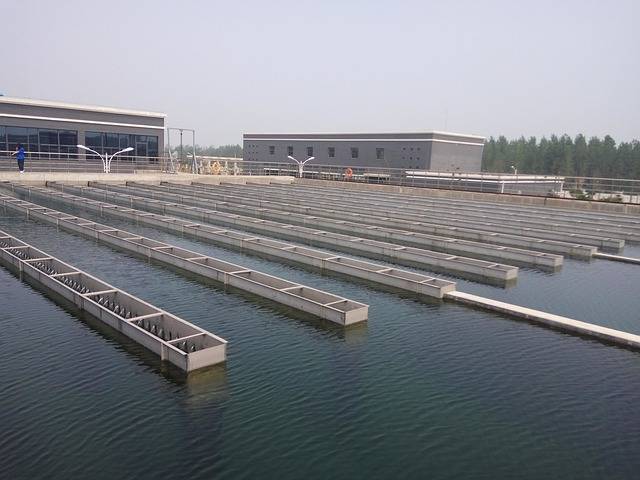
Most people take for granted that when they turn on their kitchen faucet in the U.S., the water that flows out is safe to drink. But in Ohio and many other parts of the country, concern has been growing about the contamination of the water supply by man-made chemicals called PFAS, short for per- and polyfluoroalkyl substances.
Fluorinated PFAS chemicals have been detected in water systems after the treatment process for decades. The chemicals migrated mainly near areas where PFAS was manufactured or where products that contain PFAS were used. In the Ohio Valley, the water sources at Wright-Patterson Air Force Base and the city of Dayton have been a big focus of PFAS.
In February, the U.S. Environmental Protection Agency (EPA) announced its PFAS Action Plan to tackle the contamination from these chemicals with some long-awaited steps, including the establishment of a maximum contaminant level (MCL) drinking water standard.
The History of PFAS in Drinking Water
 Manufacturing sites used PFAS chemicals in their processes going back to the 1940s. The compounds became popular because the strong bonds repelled water and oil, perfect for non-stick cookware, water-repellent fabric and flame retardants. Although the most persistent of the PFAS chemicals, PFOA and PFOS, are no longer used in the U.S., the remaining chemicals disintegrate slowly in the environment and the human body.
Manufacturing sites used PFAS chemicals in their processes going back to the 1940s. The compounds became popular because the strong bonds repelled water and oil, perfect for non-stick cookware, water-repellent fabric and flame retardants. Although the most persistent of the PFAS chemicals, PFOA and PFOS, are no longer used in the U.S., the remaining chemicals disintegrate slowly in the environment and the human body.
Concerned groups in Ohio, and other communities around the country, have been arguing that a stricter limit is needed for safe exposure to PFAS in the drinking water. In 2016, the EPA lowered a non-binding limit to 70 parts per trillion (ppt). Later testing revealed that some public water systems were showing PFAS concentrations above the 70 ppt amount.
There are still many questions about how PFAS chemicals in unsafe levels affect people’s health. Research has linked the chemicals to some types of cancer, as well as problems related to cholesterol, thyroid and hormones.
Manufacturers in the U.S. no longer use the two forms of PFAS that take the longest to break down. Newer PFAS chemicals are currently in use, and may be safer because they stay in the environment and the human body for a shorter period of time. But since the older PFAS chemicals remain, the problem continues.
EPA Moves Forward with PFAS Action Plan
The EPA PFAS Action Plan outlines several long- and short-term actions to address the contamination of fluorinated PFAS chemicals. Steps include developing:
- Regulatory determination for maximum contaminant level (MCL)
- Recommendations for groundwater cleanup for contaminated sites
- Enforcement tools to assist states with PFAS exposure
- Programs to monitor where these chemicals are released
- New analytical technologies to detect PFAS
- Communications materials about exposure risk
For consumers concerned about PFAS, the EPA recommends that you, first, have your water tested. If PFAS is found, then there are certified in-home filtration technologies available to treat your drinking water and remove or diminish the levels of these chemicals.
Speak with the team at Clearwater Systems for information about options for treating drinking water for PFAS.



